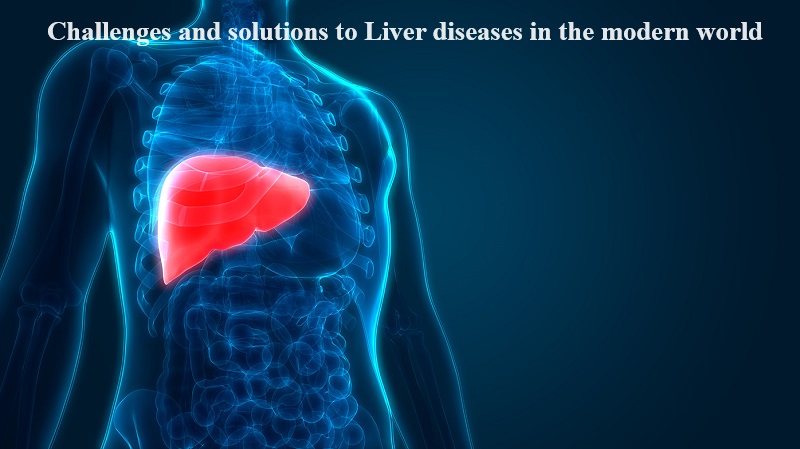
Liver diseases represent a significant public health challenge in contemporary Indian society. The World Health Organization (WHO) now ranks liver diseases among the leading causes of mortality, with projections indicating that they may become the fifth leading cause by 2030. This widespread impact has transformed liver diseases into an epidemic, straining healthcare systems both in India and globally.
This article aims to shed light on the driving factors behind this surge, the obstacles encountered, and potential solutions to address this growing public health concern.
India is currently witnessing a rise in liver diseases, following global trends. Recent data underscores the severity of this issue. Non-alcoholic fatty liver disease (NAFLD) has become a concern in India, with a prevalence ranging from 9 to 32 percent in the general population. Additionally, viral hepatitis remains a threat, with approximately 40 million people living with hepatitis B and 6-12 million with hepatitis C. The most common types of liver diseases include:
Viral Hepatitis: Caused by different viruses (A, B, C, D, and E), each transmitted differently. Hepatitis A and E are typically food or waterborne, while B, C, and D spread through blood or other fluids.
Alcohol-Related Liver Disease: Resulting from excessive alcohol consumption, it can harm the liver through inflammation, scarring, and cancer development.
Non-Alcoholic Fatty Liver Disease (NAFLD): Occurs when excess fat accumulates in the liver, often linked to obesity, inactivity, and diabetes.
Autoimmune Hepatitis: An autoimmune disorder that targets the liver, more common in women, and typically treated with immunosuppressive medications.
Primary Sclerosing Cholangitis: A chronic inflammatory condition affecting the bile ducts, which carry bile from the liver to the intestine, leading to scarring and blockage, ultimately damaging the liver.
Lifestyle factors play a pivotal role in the rising prevalence of liver diseases. Urbanization, changing diets, and sedentary lifestyles contribute to increasing NAFLD rates. Traditional Indian diets rich in vegetables and grains are shifting towards processed foods high in sugars and unhealthy fats.
Moreover, alcohol-related liver diseases are a significant concern, deeply rooted in cultural practices, especially in a country with high poverty rates and limited education on the risks of excessive drinking.
Access to healthcare remains a critical challenge in India’s fight against liver diseases. While major cities have advanced medical facilities, rural areas often lack the necessary infrastructure and specialized professionals for effective liver disease management, leading to delayed diagnoses and subpar care.
The cost of liver disease treatment, including medications and transplantation, poses a significant barrier, especially for marginalized communities. Government-supported initiatives and affordable treatment options are essential to ensure equitable care for all.
Addressing the surge in liver diseases in India requires a targeted approach:
Awareness Campaigns: Tailored public awareness campaigns should highlight the risks of unhealthy diets, excessive alcohol consumption, and the importance of early detection through regular health check-ups.
Community Education: Engaging with local communities to raise awareness about the dangers of excessive alcohol consumption and the benefits of healthy lifestyles can have a lasting impact.
Telemedicine: Given India’s vast geographical landscape, telemedicine can bridge the healthcare access gap, enabling consultations with hepatologists and gastroenterologists even in remote areas.
Government Support: Investment in healthcare infrastructure and rural specialists is crucial. Affordable treatment options and financial assistance for underprivileged patients can make a significant difference.
Research and Collaboration: Encouraging research on liver diseases prevalent in the Indian population can lead to tailored treatment strategies. Collaboration between healthcare institutions and government bodies is essential for effective implementation.
The increasing prevalence of liver diseases in India demands attention. Lifestyle factors, healthcare access, and the burden posed by hepatitis all contribute to this growing crisis. By prioritizing education, taking proactive measures, and ensuring access to healthcare services, we can effectively combat liver diseases in India. It is vital for India’s healthcare system, policymakers, and communities to unite and emphasize liver health, striving for a healthier future for all.

Post Your Comments